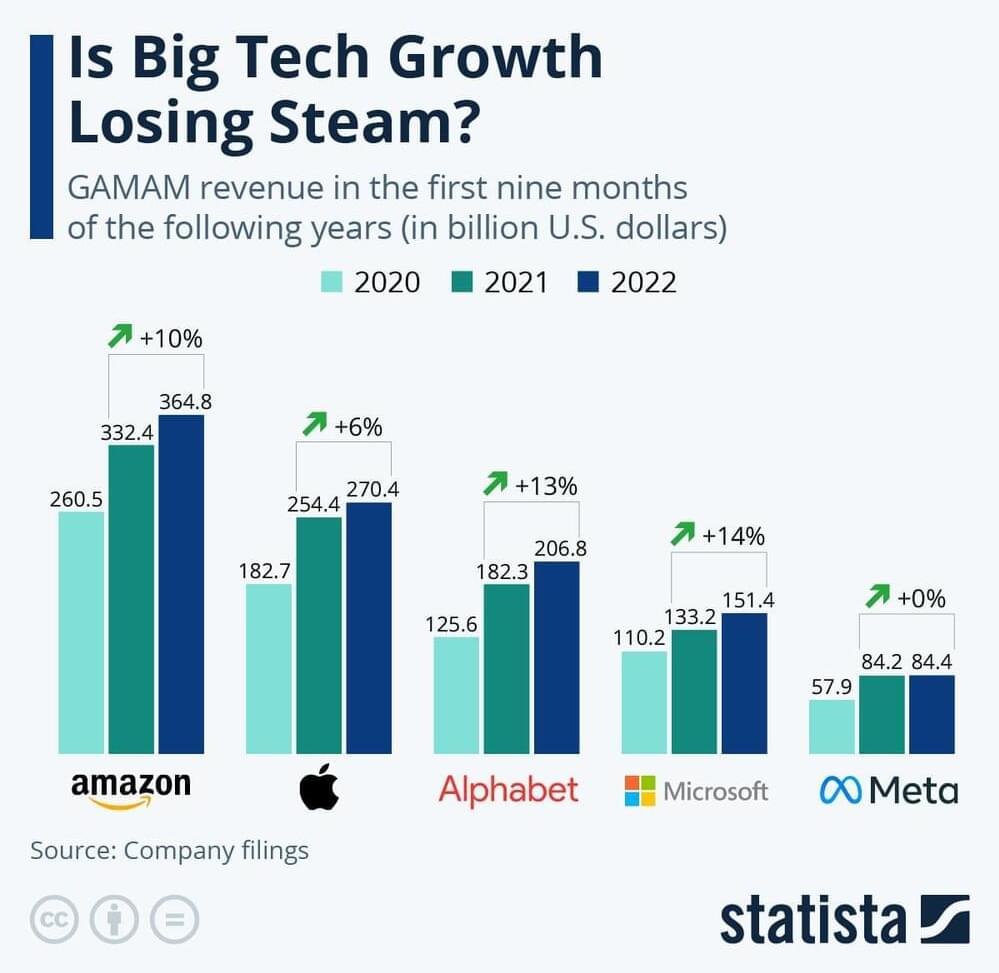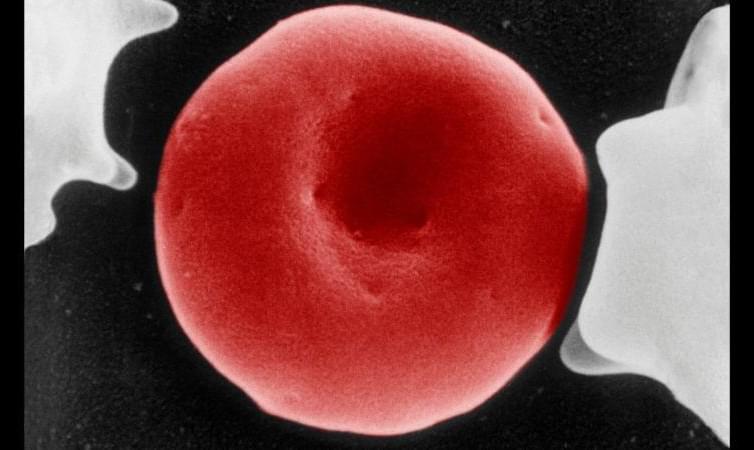Ukraine’s president says he wants to start raising funds to buy “a whole fleet of sea drones.” Kyiv used sea drones to attack the Russian Black Sea fleet in the end of October, and according to the Ukrainian military, they hit three Russian warships.
Meanwhile, for weeks now the Russian military has been flying explosive-laden “Iranian drones” into critical Ukrainian infrastructure facilities and residential areas. Although British intelligence says most of the drones are now intercepted by air defenses, a third still reach their targets. Ukraine’s prime minister, Denys Shmyhal, has said the Russians use “20 to 30 Iranian ‘kamikaze’ drones’” every day.
Subscribe: https://www.youtube.com/user/deutschewelleenglish?sub_confirmation=1
For more news go to: http://www.dw.com/en/









